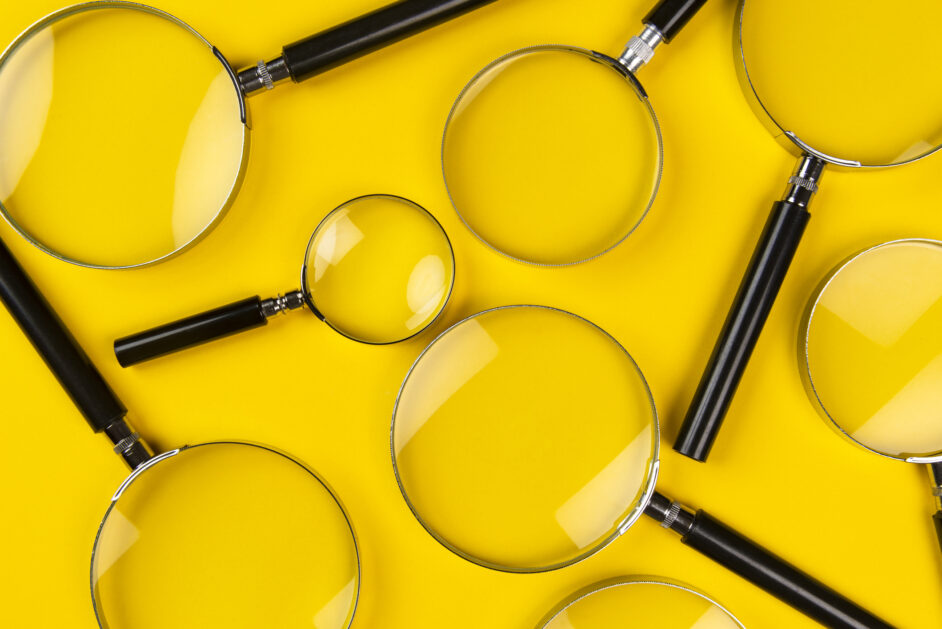Hard water is a serious problem in North American households and homes in other places around the world. Hard water is water that contains high concentrations of minerals like calcium and magnesium. With these minerals in place, the water won’t be as effective for cleaning or cooking. Plus, it doesn’t taste as good.
The best way to solve any hard water problems is with a water softener. Soft water is free of these intrusive minerals, and a water softener is an incredibly efficient way to remove them. If you want to improve the water quality in your home, a water softener is the best solution, but you need to make sure you’re getting the right softener for your needs. Here are three features to look for in your new water softener system.
Size
In order for your water softener system to be effective, it needs to be able to handle your specific problems. Getting one without the necessary capacity won’t fix your hard water problem while getting one with a capacity too large will be unnecessarily costly. With a little bit of calculation, you can find the perfect size for your household.
First, you have to figure out two numbers, your daily water consumption and the average grains per gallon of hardness. You can figure out your consumption just by looking at your water bill. Just divide the gallons used that month by the days in that month. To find out your hardness, your city likely has that information available online. If you don’t live in a city and get your water from a well, you’ll have to find out for yourself using a hardness testing kit.
The size of a water softener is determined by how many grains of hardness need to be removed every day. You can determine this number by taking the amount of gallons of water you use each day and multiplying it by the grains per gallon of hardness your water has. Make sure your water softener system’s capacity is large enough to handle whatever number you get.
Regeneration
Water softeners have to regenerate every so often in order to keep your water soft. It’s essentially the process of removing the minerals and putting the water back into circulation. This process can be set in two different ways. When it’s set on a timer, the process will repeat no matter how much water you use. However, you can also set it to regenerate based on demand or how much water you use. If you want to be as efficient as possible, make sure you stick with demand.
Filtration
The process of water softening involves removing hard minerals like magnesium and calcium from your water. While this goes a long way to providing clean quality water, it’s not complete purification. That’s why many softeners have additional filtration systems to get rid of contaminants like chlorine, sediment and iron.
Bacteria and viruses can also thrive in water, and a water softener won’t be enough to ensure you’re not exposed. Regardless of whether or not you choose a water softener with additional filtration, you need to make sure that your tap water is being filtered somehow. If you want to get your hands on quality water softeners and filters, check out EcoWater Systems. All our water treatment solutions are environmentally friendly and cost effective. You deserve only the best quality water for you and your family, so contact EcoWater Systems today and don’t forget what features to look for in your new water softener system.

